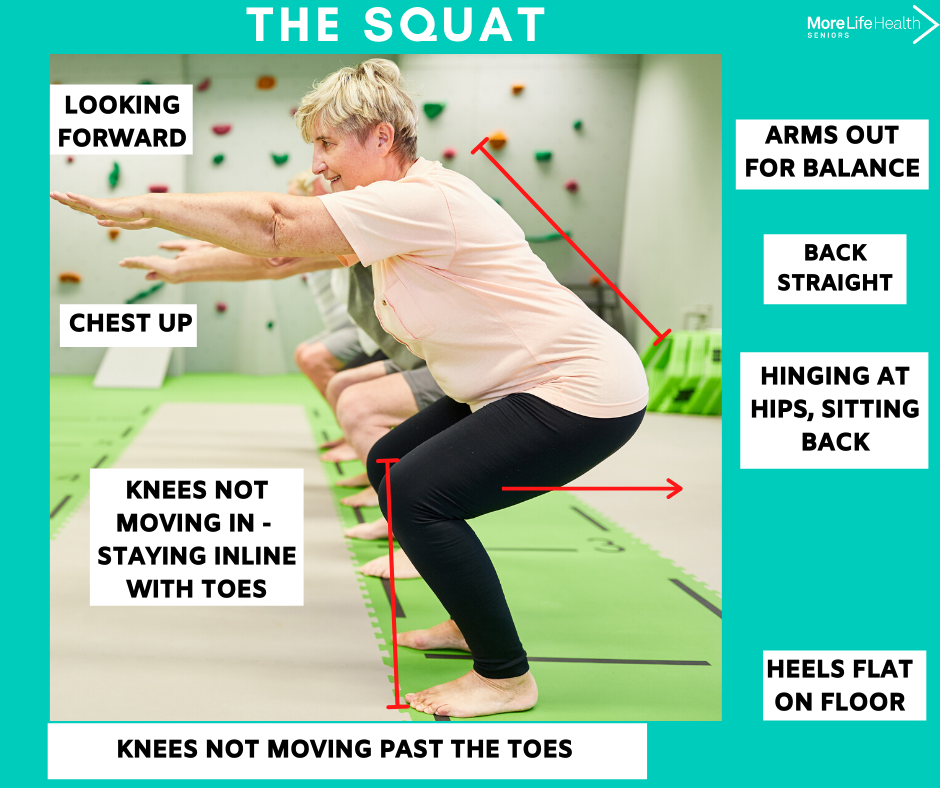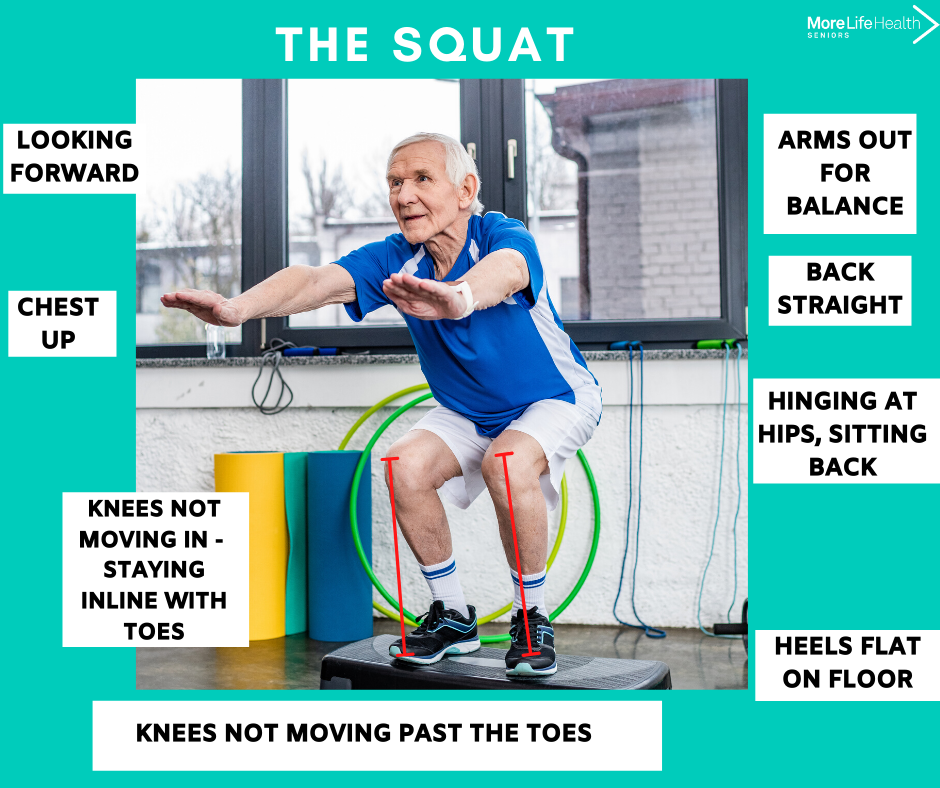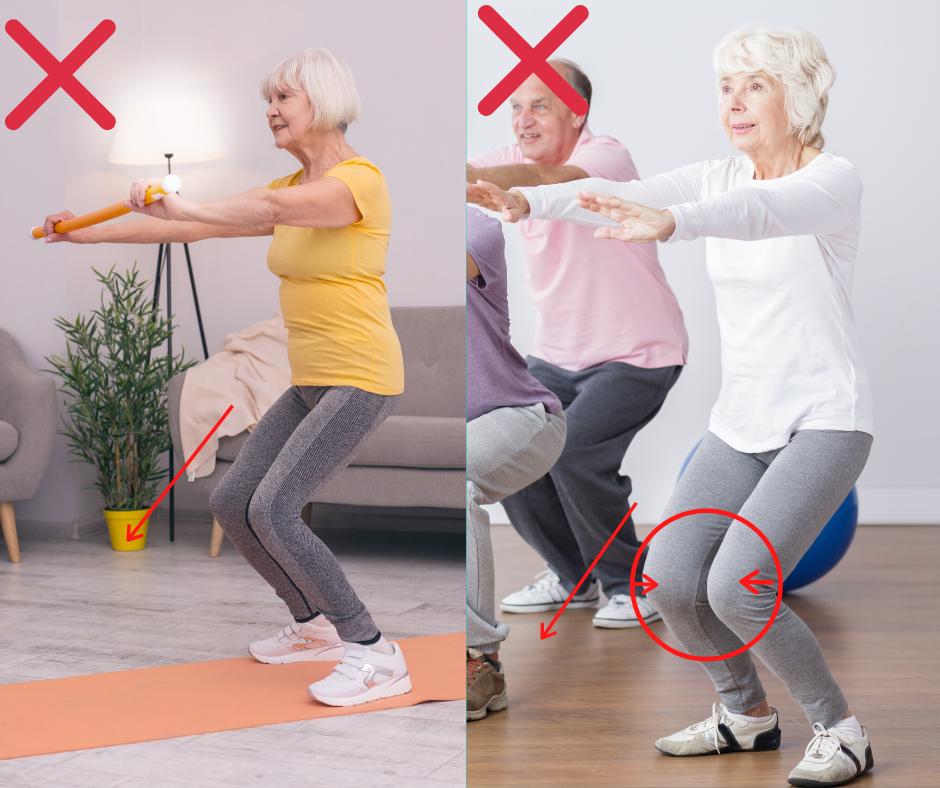The Squat: Perfecting The Best Exercise For Your Legs
How to Squat For Seniors
The squat is one of the most effective exercises to keep your legs strong. It works all the muscles in the legs and activates the core.
It's also a movement that you undertake throughout your day; when you lift things, and when you are standing in certain postures. Remember, we never bend at the back to pick something up, or to move something heavy. We use our stronger muscles - our legs and our glutes (buttocks).
You want to get your squat technique correct to work the muscles effectively, and to not put excess strain on areas you shouldn't be.
So, without further ado, here is how to squat correctly. (why not get up and practice it now - it's an important exercise that will benefit you greatly).
Squat: How to
Standing up tall with your feet shoulder-width apart. Toes can be facing forward, or slightly outwards.
Holding onto your chair with both hands, or keep your arms straight out in front for balance.
Engage your core, hinge (bend) at the hips and sit back as you would if you were to sit on a chair.
As you sit back, keep your chest up and your core tight, and go no lower than 90 degrees.
As you stand back up, put equal weight through both legs, ensuring your heels remain on the floor throughout.
Make sure your knees stay in the line of your toes; they don’t go forward past your toes, and they aren’t moving inward throughout the exercise.
Now, I also want to go through some common mistakes with the squat!
Let's take a look at these two ladies performing a partial squat.
In these photos, it may look at first glance like the squat is being performed correctly, however, both ladies are leading with their knees.
With the lady on the right (white shirt), her knees are also moving inwards as she squats down (they are not in line with her toes).
Performing the squat like this places excess strain on the knees.
Remember to sit back and keep your knees in line with your toes.
Get the exercise technique correct - practice, practice, practice. It's important!
Benefits of Squats for Seniors
Improves Functional Independence: Regular squatting enhances leg strength and balance, crucial for daily activities such as walking, climbing stairs, and getting up from a chair.
Increases Bone Density and Joint Health: Weight-bearing exercises like squats can help maintain or increase bone density, reducing the risk of osteoporosis.
Enhances Overall Fitness: Squats engage multiple muscle groups, improving strength, flexibility, and endurance.
Common Concerns Addressed
Knee Pain and Joint Issues: We discuss modifications to the squat technique to reduce strain on knees and joints.
Balance Difficulties: Tips on maintaining balance during squatting, including using support like a chair or wall.
Fear of Injury: Emphasis on proper form and gradual progression to build confidence and prevent injuries.
Senior-Friendly Squat Techniques
Chair Squats: Using a chair for support, this technique is excellent for beginners or those with balance concerns.
Wall Squats: Leaning against a wall reduces pressure on the knees and helps maintain proper posture.
Partial Squats: Reducing the squat depth can benefit those with severe knee or hip issues.
Adapted Squat Routines
With Resistance Bands: Adding resistance bands can increase strength without heavy weights.
Squat to Overhead Raise: Combining squats with an overhead arm raise to engage the upper body and improve coordination.
Squat Holds: Holding the squat position for a few seconds increases muscle endurance and stability.
Tips for Successful Squatting
Warm-Up Properly: Engage in light cardio or stretching exercises to warm up the muscles before squatting.
Focus on Form, Not Depth: Maintaining correct posture’s more important than squatting deeply.
Listen to Your Body: Pay attention to any discomfort or pain and adjust the exercise accordingly.
Stay Consistent: Regular practice leads to improvement. Aim for a routine that is sustainable and enjoyable.
Consult with Health Professionals: Especially important for seniors with existing health conditions or mobility issues.
For more info on the squat:
That's it from me....
Remember new exercise videos are out regularly on the More Life Health YouTube Channel, so make sure you're subscribed to be the first to know.
Stay moving and stay happy!
- Mike
P.S. Join the Facebook Support Group (if you haven't already).



